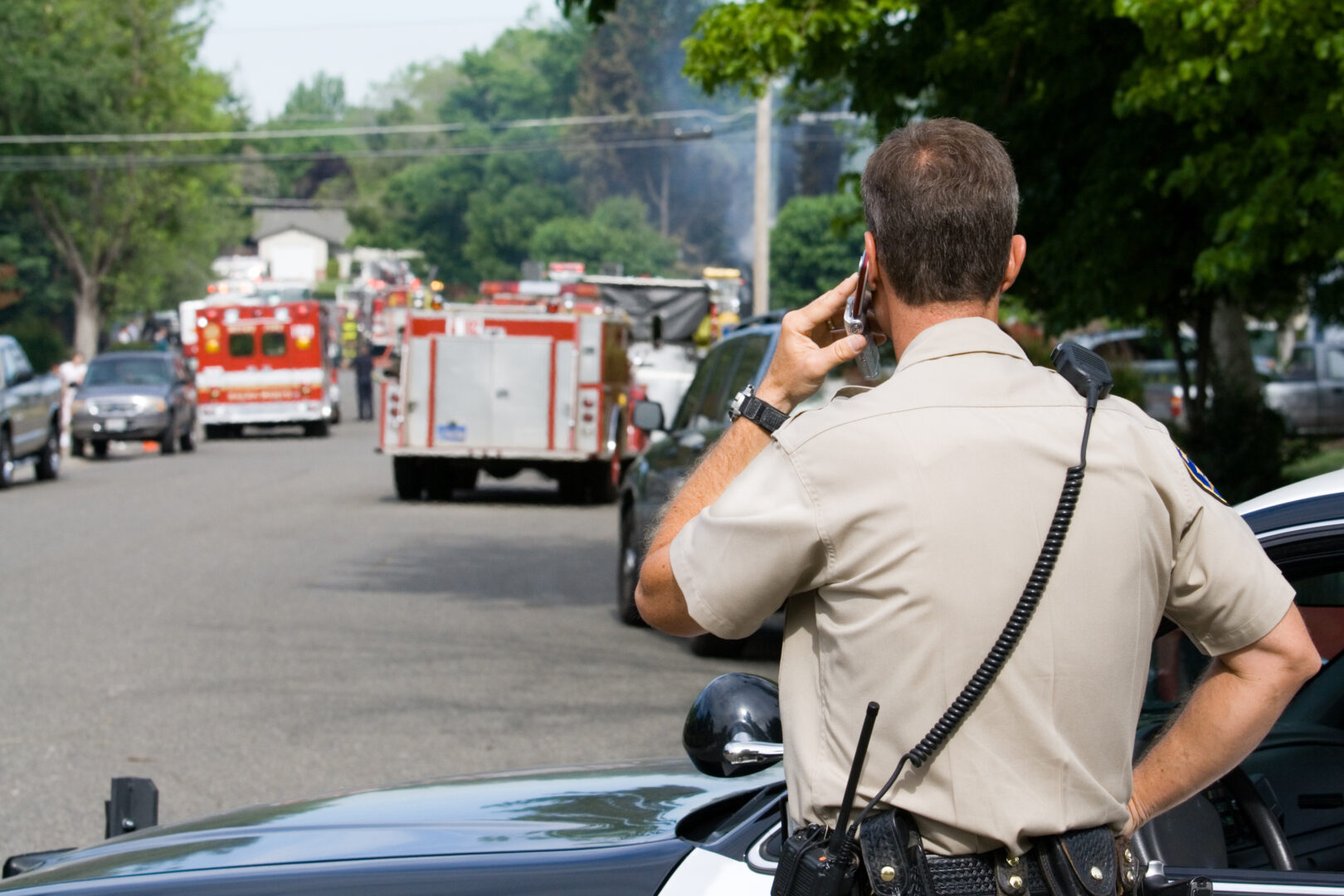
Fire in the city. I was driving to a friend's house to take some photos of him and his "Harley" brothers when I saw a thick smoke nearby. So I rushed there first...

Fire in the city. I was driving to a friend's house to take some photos of him and his "Harley" brothers when I saw a thick smoke nearby. So I rushed there first...

Fire in the city. I was driving to a friend's house to take some photos of him and his "Harley" brothers when I saw a thick smoke nearby. So I rushed there first...
Airdate: Tuesday, February 21, 2023
When Pennsylvanians have an emergency, they call 911 and expect police, an ambulance or firefighters to respond and respond quickly — like within minutes.
Emergencies don’t happen often so each of our particular 911 calls are unique to us. At a time like that, the last thing on our minds is whether there are enough emergency responders. We just want help fast.
But the reality is in Pennsylvania there are fewer emergency responders than 25 years ago and they’re facing others challenges as well – like the cost of equipment and training.
Jerry Ozog, Executive Director of the Pennsylvania Fire and Emergency Services Institute talked about why there are fewer volunteers,”(There is a declining) number of people that want to volunteer and a declining number of people that want to even become a firefighter. Because, to be perfectly honest with you, this is the dangerous job. Okay. This is you know, this is a visible blue collar profession that requires the people that come into it to do physical activity, too. To go into someone’s home if they’re having a medical emergency and see very difficult things. Now, we have many dedicated people in Pennsylvania to do it. But I can tell you across Pennsylvania, there are areas that are under stress where there’s one person showing up on a fire truck for an emergency and then they have to call five or six different fire companies for a minor or not a minor form for a regular incident to get a handful of people. But for a house fire, you’re going to need 15 to 20 people. That’s what you need when a house is burning, when there’s a strip mall burning or a manufacturing facility, you need 30 firefighters.”
Donald DeReamus, Legislative Chair for the Ambulance Association of Pennsylvania indicated money is a huge challenge for emergency responders and ambulances in particular,”Our biggest issue is our business model doesn’t work anymore for the agencies that fund themselves, that aren’t supported by municipal tax dollars, where every time we take an level one call, we can bill for that call through insurance. But all the insurance reimbursements, including the federal government and the state government, pay less than the cost of what it costs us to provide the service. So if it costs us $550, put the ambulance out in the street just to take a call. We’re getting about three to 350 in reimbursement back. So we’re losing $200 every time the call.”
DeReamus said pay for EMS responders is a major issue and would go a long way toward solving the problem,”We have nationally and in the Commonwealth 30% turnover rate annually. That’s based on lack of wages and also work life balance. So because of our core reimbursement and our poor funding, we can’t pay a livable wage. So people work multiple jobs, so their work life balance is all messed up and we have people leaving the field. We also have people that come into the field for experience in and emergency saying as they transition on to a higher degree level of a health care provider, either a physician assistants or a nurse or physician. But it all relates to funding for EMS. We used to be able to fund ourselves through insurance reimbursements and economies of scale. We can’t do that anymore.”
Ozog said all aspects of communities need to come together and work toward finding solutions to the funding and recruiting issues.
The days of journalism’s one-way street of simply producing stories for the public have long been over. Now, it’s time to find better ways to interact with you and ensure we meet your high standards of what a credible media organization should be.